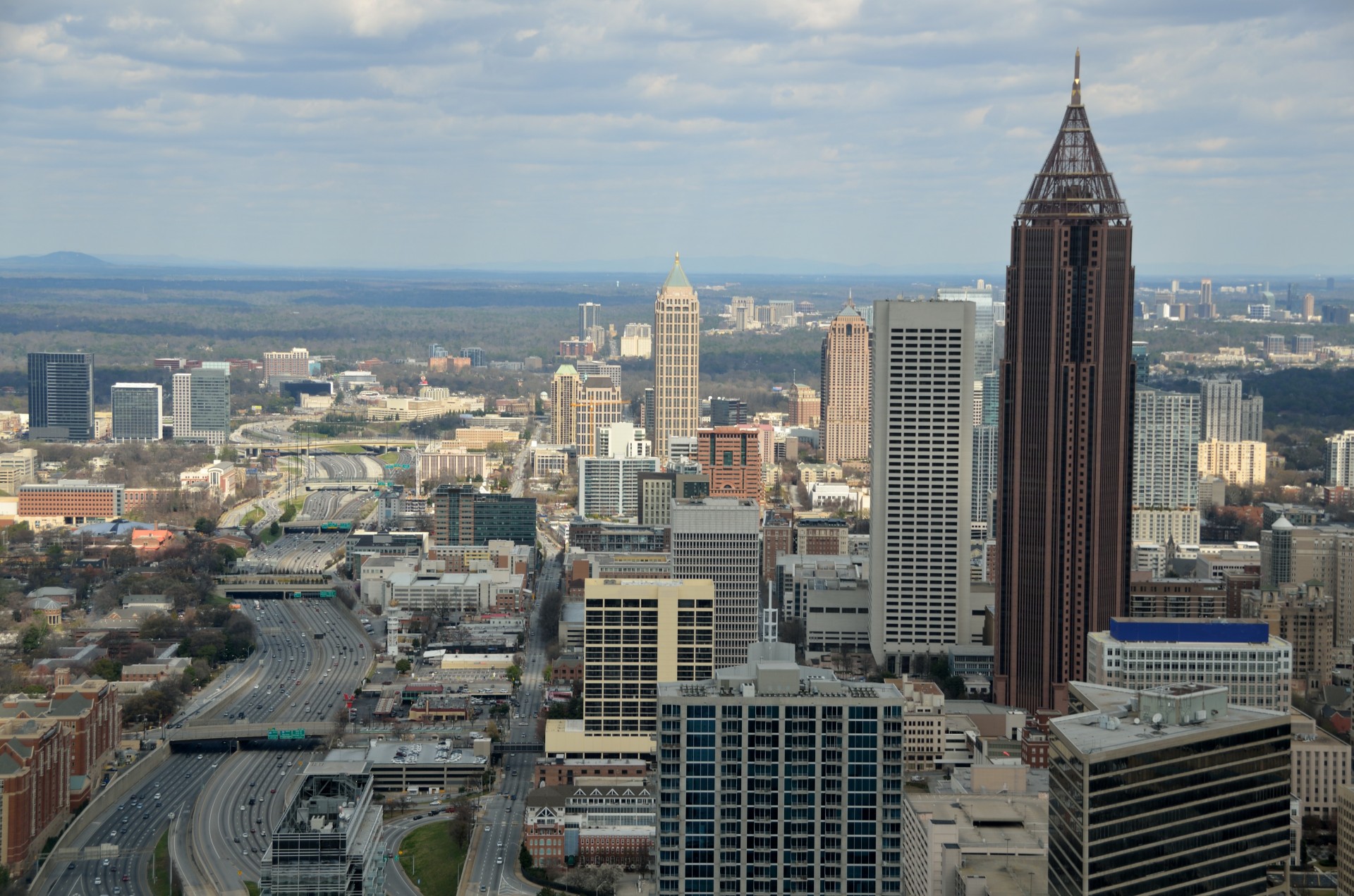CRE Market: Looking Back to Look Ahead
In last year’s first blog of the year, “2017: A Mature Market,” I made some predictions about the commercial real estate market and investing for 2017.
Here’s a look at what I predicted and what actually happened. It’s apparent I had some good predictions and some that did not come to fruition.
INVESTING
What I predicted: A good, but not great year for investing.
What happened: Transactions and overall volume were down, but price per transaction continued to rise to new highs.
INTEREST RATES
What I predicted: Interest rates will increase, but will still be cheap by historic standards—with only a marginal effect on investment.
What happened: Ten-year Treasuries were flat. Two- and five-year Treasuries rose, but not enough to impact the market.
CASH FLOW
What I predicted: A combination of more solid incomes and continued low interest rates will result in good cash flows.
What happened: This prediction was accurate.
SECTOR GROWTH
What I predicted: Industrial will be the most active development sector, with office and retail a distant second and third.
What happened: Industrial was the most active sector, driven by data and logistics centers. Office starts and new project announcements rose. Local retail in mixed-use developments was active, but mall retail and retail subject to online competition struggled.
APARTMENTS
What I predicted: Apartments will lease but with lower rent and other concessions. Some announced properties will be put on hold. We anticipate some financial distress.
What happened: Apartments continued to be built, but rents seemed to have peaked.
There were also a handful of 2017 events that happened in and around Atlanta that will impact the commercial real estate market moving forward.
EVENTS
- Sections of the Southwest Beltline opened, coupled with announcements of new developments. Plans are underway for the construction of Westside Park at Bellwood Quarry. Developers are already tying up sites and making announcements of future plans.
- More office developments announced, with some commenced, along Eastside Trail of the Atlanta Beltline.
- Significant focus on the area south of Downtown Atlanta and the Gulch occurred, which was driven by the finalization of the Atlanta Underground purchase by WRS, the major assembly by Newport properties, and the plans submitted for The Gulch by Los Angeles-based CIM Group.
- The openings of the Mercedes Benz Stadium and the Georgia State Stadium, now named the Pete Petit Stadium (formerly Turner Field), raised hopes for a near-term revitalization of surrounding neighborhoods.
- Atlanta Civic Center properties sold for mixed-use development with an Affordable Housing component.
- Atlanta’s suburbs continued to thrive with the development of new city centers and corporate locations, like Mercedes and State Farm, in Sandy Springs.
- The I-85 shutdown, coupled with worsening regional traffic, focused State and local governments on rapid transit improvement and expansion and increased funding for major highway improvements, such as the I-285/Georgia 400 interchange and I-75.
- Department store closures impacted older malls, but new mixed-use developments in suburbs and revitalizing urban neighborhoods kept retail, particularly restaurants, afloat.
- Atlanta’s chance to land Amazon’s HQ2 incentivized developers and municipalities to position themselves for consideration. This has the potential to be the top 2018 story.
No matter what happens in Atlanta’s 2018 commercial real estate market, it’s going to be an exciting year to follow.
What other 2017 events do you think will impact the 2018 market?



